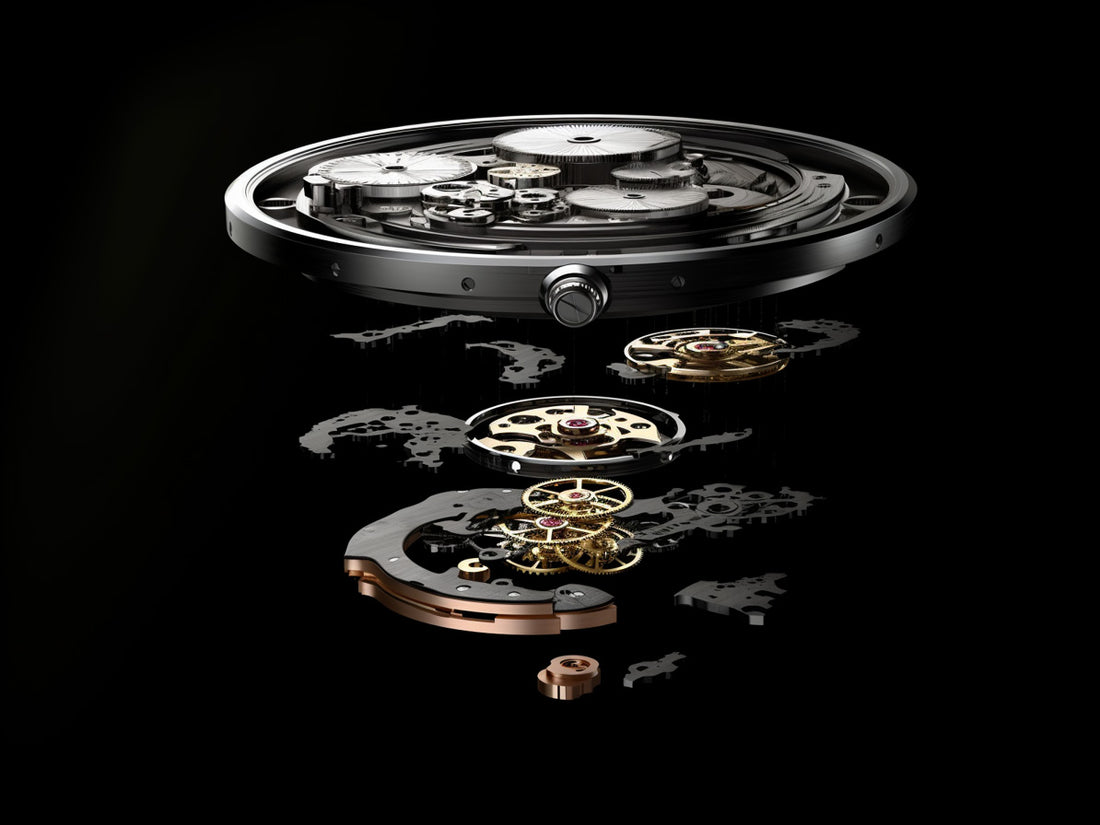A mechanical watch is a sophisticated marvel, showcasing the artistry and precision of traditional watchmaking. The fundamental mechanism that propels a mechanical watch is centered around the intricate interplay of various components, each playing a crucial role in accurately measuring the passage of time.
At the heart of the system lies the mainspring, a tightly wound coil usually crafted from metal. This mainspring serves as the reservoir of potential energy that powers the entire watch. Winding the mainspring is achieved through the winding mechanism, which can either be manual, requiring the turning of the crown, or automatic, harnessing the motion of the wearer's wrist.
The mainspring's stored energy is then transmitted through the gear train, a series of interlocking gears designed to regulate and control the flow of power. This regulated energy is crucial for maintaining the accuracy of timekeeping.
The escapement mechanism, consisting of an escape wheel and a pallet fork, serves as the critical regulator in releasing the energy from the mainspring. As the escape wheel rotates, it interacts with the pallet fork, allowing the gear train to advance in precise, controlled increments.
The balance wheel, a small weighted wheel, is a key player in the process. It oscillates back and forth at a specific rate, acting as the metronome of the watch. Connected to the balance wheel is the hairspring, a fine coiled spring that ensures the oscillations are regulated and consistent. This isochronal quality ensures that each oscillation of the balance wheel takes the same amount of time, contributing to the accuracy of the watch.
As the balance wheel oscillates, it transfers its regulated energy to the hands on the watch dial. The continuous, controlled movement of the hands indicates the hours, minutes, and seconds with precision. The entire system operates harmoniously, converting stored energy into a reliable and accurate display of time.
A notable feature of mechanical watches is the power reserve, indicating how long the watch can operate without winding. This duration varies based on design and efficiency. Some mechanical watches incorporate a power reserve indicator, providing wearers with information about when it's time to wind the watch.
In summary, a mechanical watch is a testament to the skillful craftsmanship and dedication to precision in traditional watchmaking. Its allure goes beyond functionality, embodying the art of measuring time with elegance and sophistication. The intricate dance of gears, springs, and wheels within a mechanical watch creates not just a timekeeping device but a timeless work of art.

